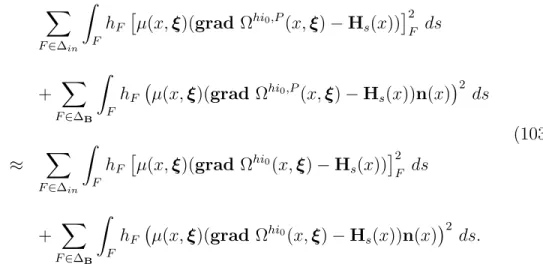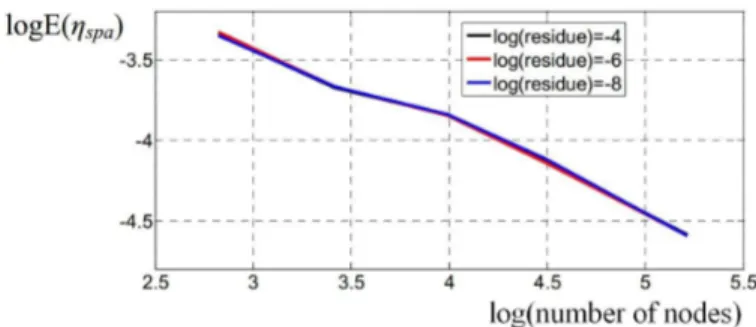Residual-based a posteriori error estimation for stochastic magnetostatic problems
Texte intégral
Figure
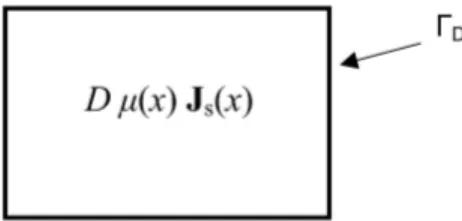
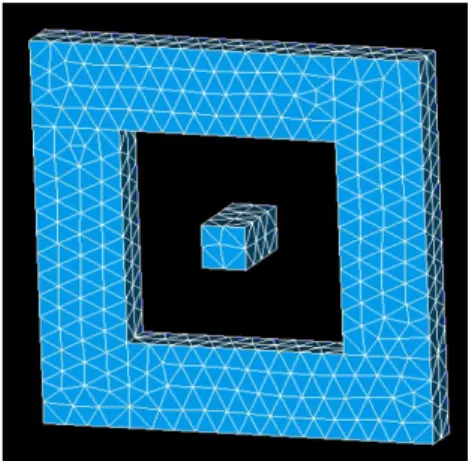
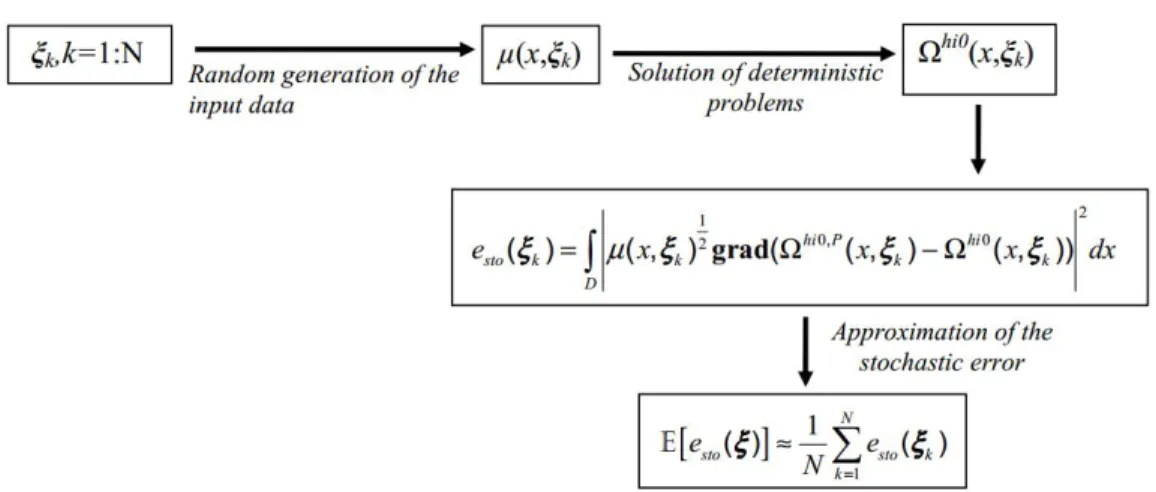
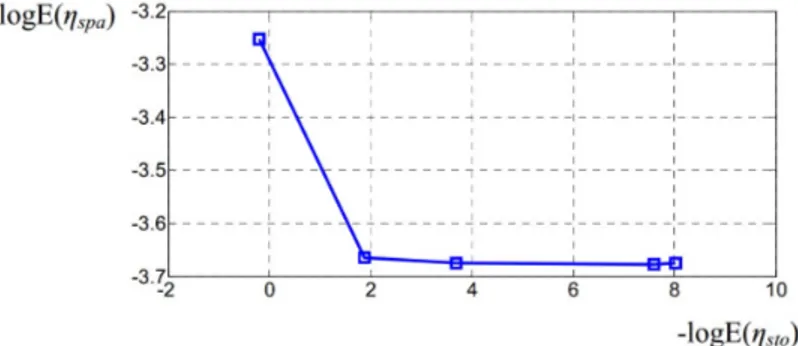
Documents relatifs
We introduce a residual-based a posteriori error estimator for contact problems in two and three dimensional linear elasticity, discretized with linear and quadratic finite elements
Generalized multiscale finite element methods (GMsFEM).. Theory and practice of finite elements, volume 159 of Applied Mathematical Sciences. Element diameter free stability
Finally, when interested in studying complex systems that are excited by stochastic processes that are only known through a set of limited independent realizations, the proposed
The structural expectation is obviously not the function f , but the function f composed with the inverse φ − 1 of the expectation of H. Thus, it can be understood as the mean
This paper introduces an error estimator based on the constitutive relation which provides an upper bound of the global error for parametric linear elastic models computed with
In the following subsections, we study the evolution of the error related to q ∇ (u) (results in Section 5.1.1, associated adjoint problem described in Fig. 8), with respect to
This article proposed an estimator based on the generalized method of moments for the parameter of stochastic actor-oriented models (SAOMs) as an alternative to the estimators based
Consequently, every elementary network within the whole network détermines a mean delay that has to be added to the project duration estimation obtained by the conventional
